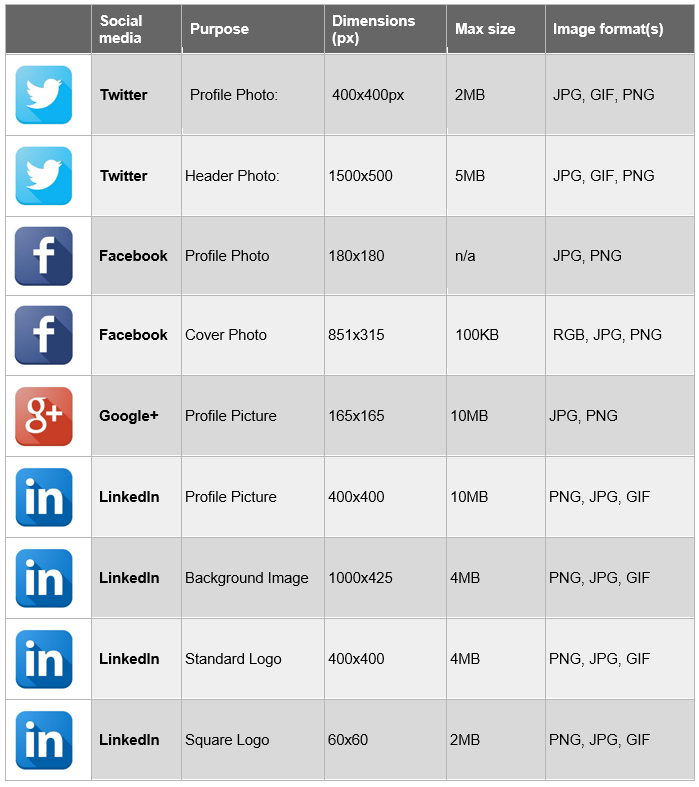
If you’re a small business, a freelancer, or any type of business on a tight budget, the terms ‘brand marketing’ and ‘brand building’ might fill you with fear that they will cost you the earth. Consequently, you’re reluctant to go full steam ahead with a brand development venture. The good news is that branding might not be as expensive as you might think.
From exploiting the unique branding capabilities of social media platforms, many of which are free, to using videos as marketing tools, which are an incredibly low budget way to effectively build brand awareness, there is a number of ways businesses on a tight monetary leash, can create a brand designed to do what a brand should do - make an impression, stand out and ultimately sell.
In the last blog we looked at the importance of branding, the impact that style and colours can have on consumer choice and how branding is much more than just a logo.
In this post I’m going to demonstrate how creating your brand doesn’t have to cost the earth.
Sealed with a KISS
Sometimes less is more, and this applies to branding too. Think about all the places your branding will be used - business cards, website, social media, email footer etc. All of which have their own limitations when it comes to the size and shape of your company logo.
So when creating your brand think about adopting the KISS principle* - ‘Keep it simple, stupid’. This quirky acronym was adopted by the US Navy in the 60s for their approach to design, meaning that most systems work well when they are kept simple. The same principle applies to your company brand design. So ditch the unnecessary complexity and focus on simplicity.

It all starts with a good brief
Later we will look at how to source a designer, but before we get to that, the next stage is paramount to the success of your brand creative.
In essence it doesn’t really matter who you get to do you’re branding, unless you provide them with a clear brief on what it is you are really looking for. Tell the designer what your expectations are, what your business is and introduce them to your world to give them a real flavour of who you are and where you’re going. You don’t need to think too much about the final creatives, but you certainly need to be able to steer the designer in regards of your likes and dislikes.
A designer won’t know you hate CAPITAL letters, unless you tell them. They won’t realise that the colour green brings back terrible childhood memories of being called the ‘bogie kid’, unless you tell them. If you’re open to design suggestions then great, tell them. But also make sure that you are actually open to suggestions.
When working with design, chances are you are only going to get out what YOU put in. So invest YOUR time and provide the right information and the results will be much better for it. Remember, the clearer the brief the better the results!
Designing a flexible brand
Another key point to make in your design brief is where and how your logo will be used so that it can be adapted and flexed to suit all channels both on and offline. Ask the designer about the font styles for web, the #colours for your text online, and how these will translate to print.
The table below provides a great technical reference point for consideration when creating your logo for social channels.

Design(er) Options
So you know what you want and what you don’t want. You’ve created your brief and now it's time to think about who is going to be doing the doing. So what are your options?
Do it Yourself
DIY branding doesn’t have to mean skimping on the quality of your logo, there are many good options for doing it yourself.

- Buy a template to suit your business. There are websites where you can purchase editable logos for a real steal.
Creative market (add link https://creativemarket.com/search?q=logo) has thousands of adaptable logos covering all types of themes. They also offer bundles - 365 images for just £20 (add link https://creativemarket.com/WornOutMedia/371884-20-OFF-365-Minimal-Logos-Bundle)

- Gimp (or photoshop)
Why not download some free software and tutorials and try your hand at creating your very own logo. You might take to it like a duck to water (or you might not).
- Ask someone
Family, friends and also online connections might bring up some interesting options, you might be surprised once you start asking around. There are lots of talented graduate designers and bedroom wannabe’s willing to do it, often for free. And remember you’ve decided to keep it simple!
Hire a Designer
If the DIY option isn’t for you then consider appointing a designer to work with you in creating your brand.

- 99designs is a really creative way of approaching your design task. How it works (add link http://99designs.co.uk/how-it-works) is that you submit a brief and it goes out to competition with professional designers from Berlin to Bombay all creating concepts and competing to provide the best design for you. Prices start from £199 and in return you receive dozens of options, you can tweak your design and then ultimately own the full copyright.
- People per hour (add link http://www.peopleperhour.com/static/how-it-works-buyer) provide an online talent pool of designers working and charging by the hour to get what you need done. You can browse and select the professional designer you’d like to work with based on their skills and feedback. Alternatively you can submit a job and let the designers come to you. You only pay if you’re satisfied with the work that has been delivered - giving you ultimate peace of mind that you will achieve your desired outcome to match your budget.
Check out the part one of our branding guide: http://blog.carrwoodpark.com/blog/the-impact-of-branding-in-business-colours-and-symbols
So when it comes to creating your brand, the key is keeping it simple, ensuring its flexible and choosing the right design methods to get the best design outcomes.
Next time we’ll explore how to use your new branding online…
About the author:
Simon McCaskill is a digital marketing specialist and the bear behind ‘Bear and Fly’. Simon also works for Google as part of their dedicated digital outreach team.
Digital marketing can be confusing and frustrating and it shouldn’t be. Bear and Fly’s approach is all about working with you, the client, taking you step by step through the processes so you feel more comfortable in how you are marketing your business online.
@bearflydigital linkedin.com/in/simonmccaskill
* KISS principle - https://en.wikipedia.org/wiki/KISS_principle

